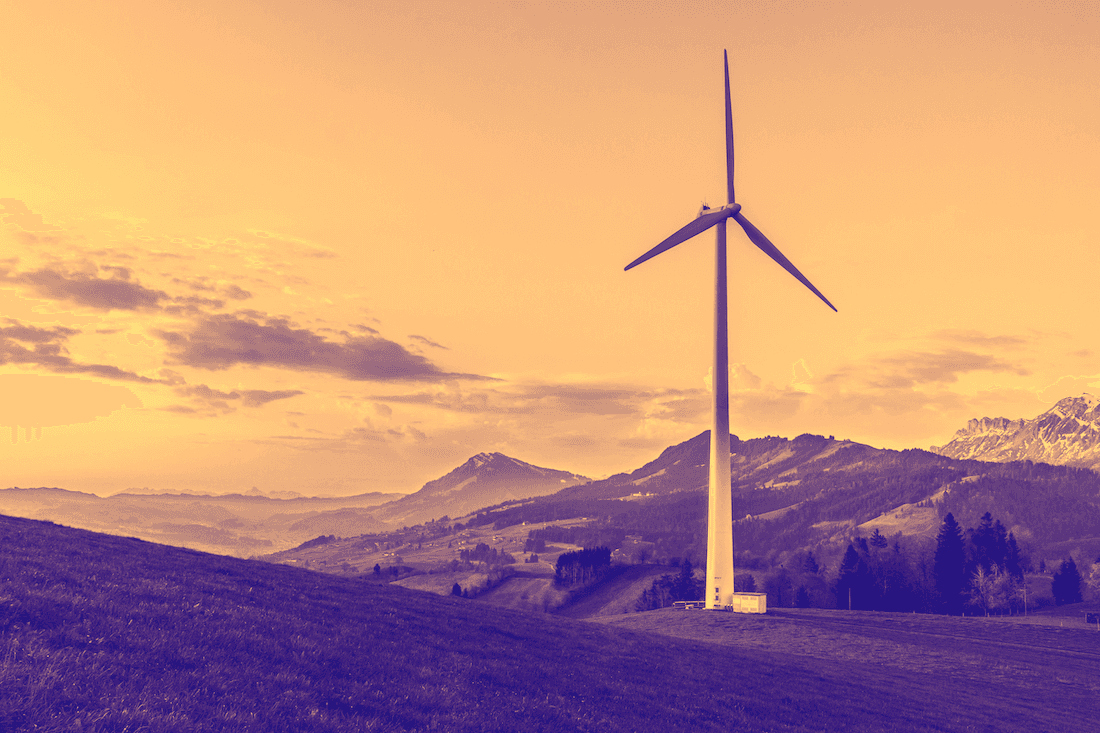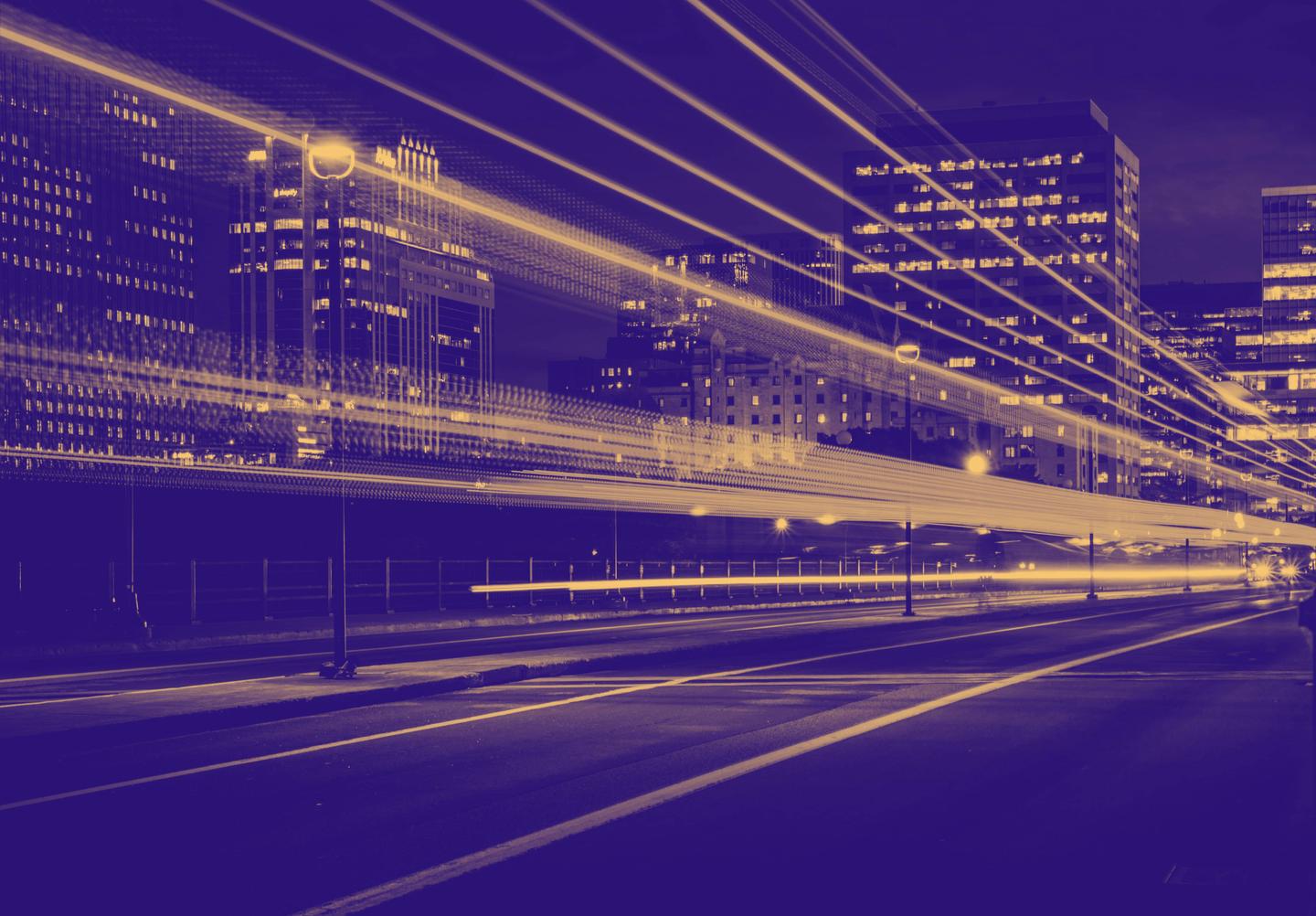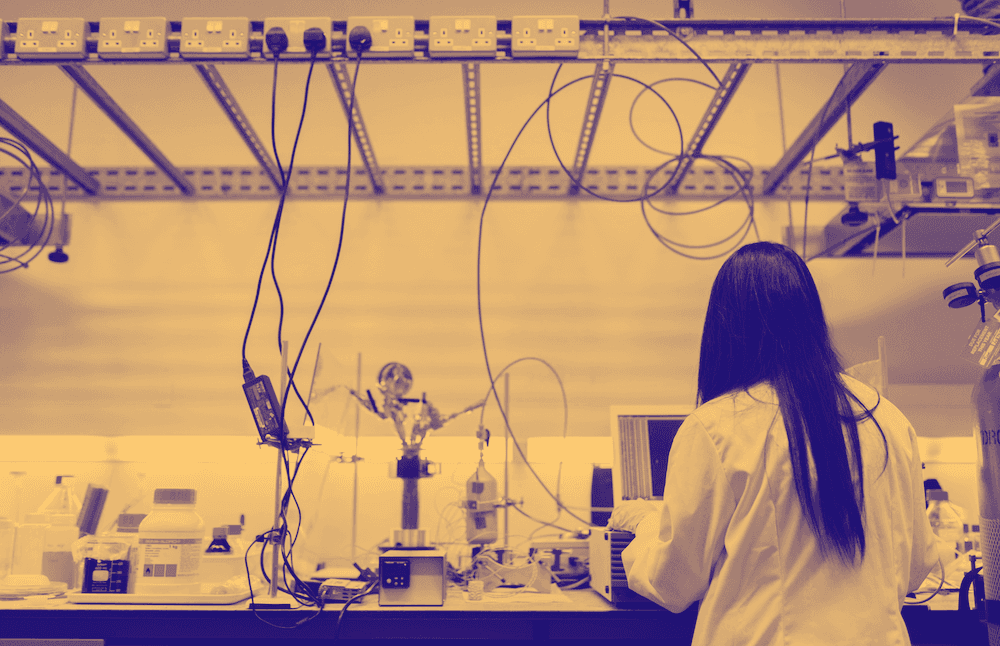Bridging Sectors: A Net-Zero Approach to Energy and Mobility with Lucy Yu
We recently spoke with Lucy Yu – CEO of the recently launched Octopus Centre for Net Zero – to discuss energy, the home and mobility. In this conversation, we explored recent developments in energy infrastructure, how customer expectations are changing, and what is needed to achieve net-zero carbon emissions.

As head of a research facility looking into net-zero solutions, what are some of the initial opportunities and challenges that you’ll feel are most relevant, in both the domestic home energy and mobility sector?
Fundamentally we’re trying to help uncover faster and fairer pathways to net zero through three things: research, thought-provoking engagement, and the development of open technology for energy systems modelling (open source and open data).
We can think about the energy transition as being about people and technology. We can consider the technology part as a combination of hardware transformation and software transformation.
Hardware transformation for mobility is mainly about improving and supporting the switch from internal combustion engines to battery electric vehicles, which also requires building better infrastructure for charging. While in the home, the hardware focus is around electrifying utilities, such as converting from gas to electric heating, ground source heat pumps, and the like.
Software transformation is focused on the products and services necessary to not just support but accelerate the transition - while creating a better customer experience in the process. For example, Octopus Go is a time-of-use (TOU) tariff designed specifically for electric vehicle owners, to help them charge their vehicle charges during off-peak hours (at off-peak prices). There’s also Octopus Agile, an open-data solution that shows customers tariff prices in 30-minute increments, 24 hours ahead of time. Interestingly, we’ve seen some “early adopter” customers use that data to develop their own APIs to instruct their smart home devices to only use energy when it’s most economical. These are just two examples of how software solutions can enable sustainable energy consumption in both the mobility and domestic space, while increasing convenience and reducing cost.
The key is that it’s not just about making the data available or better tariff communication, it’s about making it easy for the customer to enter the electric world. For example, there are solutions such as Ohme who make smart charging cables that automatically charge your electric vehicle when tariffs are low. Looking ahead, I believe it will be about automating more of these decisions on behalf of the consumer, to reduce the friction of change, and allow them to enjoy the end result without having to manually manage the details.
So while it may take a few more years for solutions like these to fully blossom and come to the market, these are the core challenges we should focus on. We need to find ways to reduce the burden of manual processes for consumers so that they can access the sustainable (and cost-effective) benefits of these innovative products and services.
That’s fascinating to hear customers are building their own APIs to take advantage of software-enabled tariffs. As we know, user workarounds are often a harbinger of products and services to come. Are there any other unexpected opportunities that you’ve seen as this technology is adopted?
Sure. It’s rare, but there are instances where TOU tariffs open the possibility for energy providers to pay customers, instead of the other way round. It’s called Plunge Pricing - getting paid to take excess energy off the grid because it balances the network. That’s an extreme example, but what’s important here, is that it illustrates how value can flow in both directions, which is unlike anything the previous energy sector could offer. The old centralised approach to energy only saw customers as consumers. But now, customers can produce their own energy, store and discharge it through battery systems, and potentially support the grid through a more distributed model, while enjoying some unexpected benefits as a result.
Sounds very exciting, particularly for Spain or California, but what about blustery Britain? How can we enable this new energy paradigm, where value flows both ways between parties, in countries like the UK where self-produced renewable energy (like solar) isn’t as consistent?
I feel we’ve got a step to go through before we can fully exploit a two-way system. First, we need to transition the entire system to be more digital and data-driven. For example, there are still many situations where our understanding of household energy consumption is limited at a very aggregate level. We don’t yet have real-time demand data across the system. So solutions like smart meters are essential to getting us through this first step (only 31% of UK households use smart meters in smart mode). Our current challenge is to get to a point where we have a more digital infrastructure and much more data in the system. And while that’s happening, we need to continue the transition of other hardware elements, such as from petro-diesel vehicles to EVs, for example. Then we would be in a place to explore the full potential of this two-way participation.
That makes sense, and I’m sure there’s a lot of existing effort along those lines. I’m curious, once we achieve that, what do you foresee will be the new - perhaps unexpected - opportunities in this two-way energy marketplace?
Looking ahead, I think some of the interesting questions will be: what sort of new entities will exist in that sort of energy market, and what new services will appear as a result of two-way participation? Consider, as an individual home your participation would obviously be small, but multiplied across hundreds of thousands of households, that could represent a significant impact at the macro level. I could imagine a role for an agent that represents a community - it could be a few residential streets, or perhaps an entire city - and acts on behalf of their collective, localised needs in a future energy market.
The challenge will be, how to optimise such a complex system. In the current system, there is a centralised system operator responsible for ensuring the system is balanced and resilient. As the system becomes decentralised and increases in complexity, the management of energy supply and system balancing could be optimised and occur at different levels. And so the question becomes, what will be the new rules of engagement, and how will the energy market begin to evolve in that direction?
In the end, it will undoubtedly require a massive effort to get us to net-zero. Do you anticipate this will be achieved mostly through behavioural shift or technological change?
There’s been a good deal of research around that. In the Sixth Carbon Budget paper, a report from the Committee on Climate Change from Dec 2020, they modelled a scenario called “The Balance to Net Zero Pathway,” which showed how we can achieve net-zero by 2050 if we made a concerted effort now. In it, they broke down the contribution of societal and behavioural changes towards net-zero into three parts: 16% of the impact will come from pure behaviour change (ie. eat less meat, reduce air travel, etc.); 41% will come from pure technology solutions (renewable energy, smart systems, etc); but the remaining 49% will come from novel hybrid solutions which come about as a combination of behavioural and technological change.
And this is what is most exciting - a combination of automated solutions, plus a bit of a mindset shift, to reduce friction and increase convenience and cost efficiency for the consumer. Imagine a smart car charger that can anticipate the amount of energy you’ll need that day, based on your daily schedule, and purchase the appropriate amount of energy when the tariff is lowest (and the grid has the lowest demand). This would facilitate a mindset shift in the consumer, where instead of worrying about the number - having 20% tank of petrol - you would have confidence that you have the right amount of energy for the journeys you need to make that day. You don’t over-purchase, and systems are optimised from the grid to the household level. That’s how smart systems can help enable and accelerate our journey to net zero, and I anticipate we’ll see a lot more activity in that space in the near future.
That concludes our interview with Lucy Yu. You can find her on LinkedIn. We'll be covering more about the bridging sectors on our blog page, so stay tuned! To learn more about our energy and mobility approach, check out our energy and mobility pages.
 Matthew EdwardsManaging Director, UK
Matthew EdwardsManaging Director, UK



